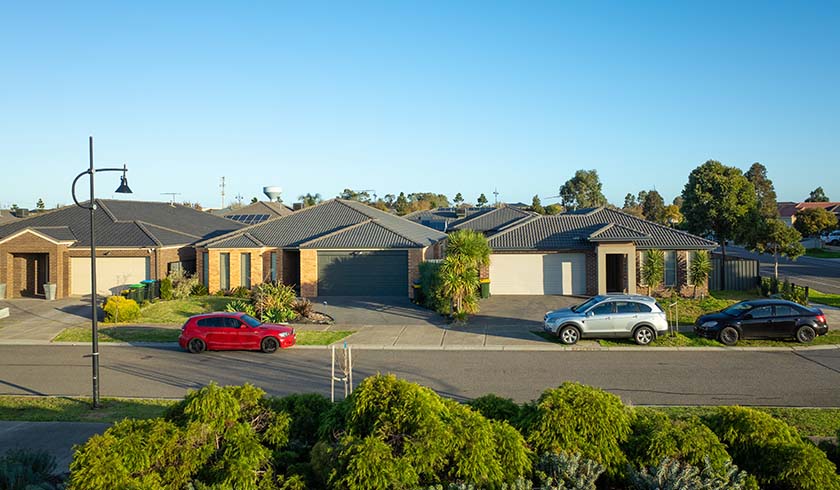Despite 13.5% annual growth, CoreLogic warns of market momentum loss
Australia’s housing market jumped in June, but experts warn that the momentum of the property boom may be slipping.

Australia’s housing market continued to rise in June 2021, bringing annual growth to 13.5 per cent for the financial year.
According to CoreLogic’s head of research for Australia, Eliza Owen, this is the highest annual rate of growth seen across the Australian residential property market since April 2004, when the early 2000’s housing boom was winding down.
However, there are some markets where performance is starting to ease more notably.
CoreLogic said home values nationally grew 1.9 per cent in June, with uplifts ranging from 3 per cent in Hobart to 0.2 per cent in Perth.
As expected, Sydney and Melbourne’s property market ranked towards the top with 2.6 per cent and 1.5 per cent monthly price growth, respectively. In contrast, Brisbane and Adelaide recorded relatively more subdued monthly price growth of 1.9 per cent and 1.6 per cent.
CoreLogic noted that June saw Darwin maintain the highest annual rate of growth among its capital city peers, with the city’s prices soaring by as much as 21 per cent over the last 12 months. Hobart followed with growth of 19.6 per cent.
Despite these gains, however, CoreLogic’s latest report noted that there are signs that Australia’s property market is beginning to cool. They said that this loss of momentum can most clearly be seen in markets like Darwin and Perth.
According to the report, “Persistently high housing value growth rates are proving unsustainable, from both an affordability perspective and renewed headwinds amid a lockdown in Sydney and other parts of the country.”
They also noted that transaction activity is becoming more volatile.
CoreLogic said that while new listings in the market have risen, total stock remained 25 per cent below the five-year average.
“It is difficult to say whether this dynamic will be maintained in the coming weeks amid lockdown conditions in parts of Australia. Sales volumes are likely to decline, but new listings added to market also tend to decline during lockdowns, as properties are harder to sell.
“The current dynamic in supply and demand is more likely to be shifted by significant changes to demand, whether from a change in lending conditions, or weaker economic outcomes amid the current rise of COVID-19 case numbers,” Ms Owen said.
According to Ms Owen, the question is not what impact short lockdowns have on the housing market – there seems to be relatively little impact. Instead, outcomes for the housing market and industry will depend upon how long lockdown conditions last and whether some of the institutional responses offered in 2020 are reinstated.
CoreLogic’s latest report also touched on the possibility of macro-prudential action by the Reserve Bank of Australia.
“Already through June, several of the major banks have forecast cash rate increases earlier than has previously been indicated by the RBA. A sooner-than-expected uplift in the cash rate would bring forward mortgage rate rises and reduce demand for credit.”
“Furthermore, off the back of APRA writing to major lenders to ensure proactive risk management in home lending, there have been early signs of more conservative home loan assessments. Any reduction in credit availability is likely to contribute to a downside shift in market conditions,” the report said.
